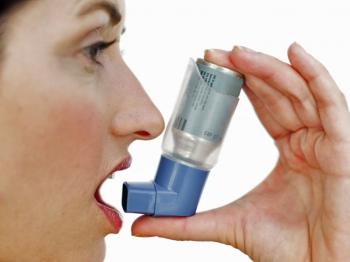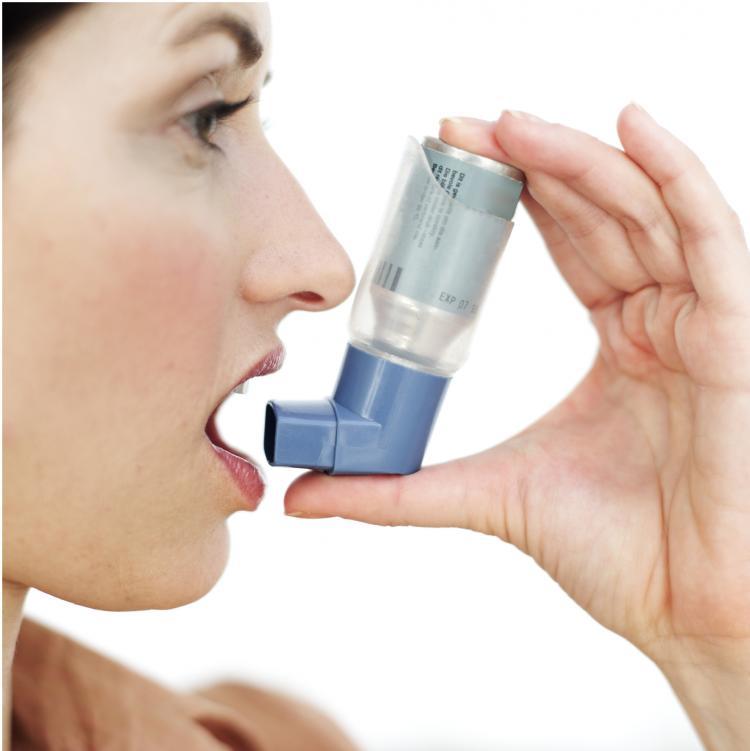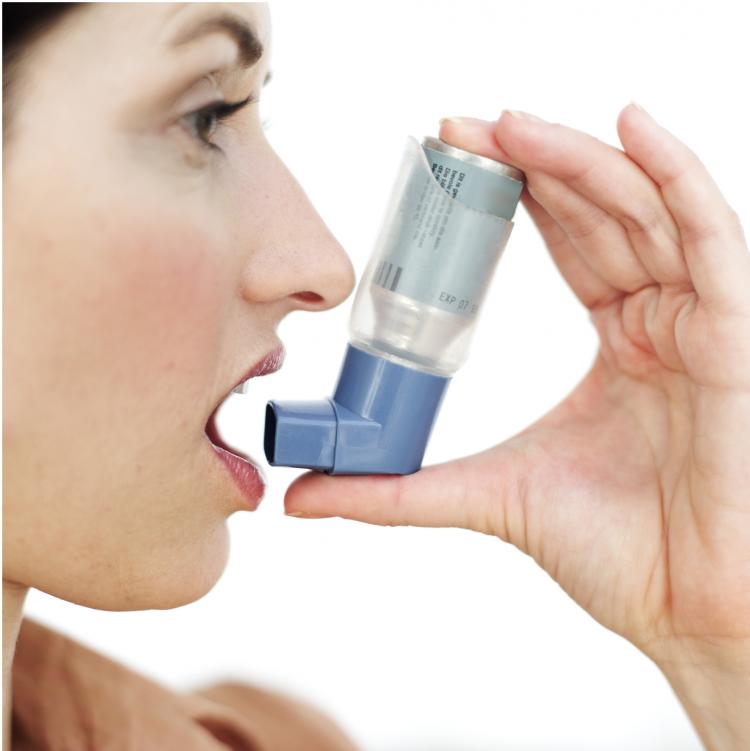Scientists in the UK have achieved a major breakthrough in treating asthma with the revelation of the exact shape of an antibody, following more than 15 years research, according to a study published in the journal Nature Structural & Molecular Biology on April 26.
Led by Brian Sutton at King’s College London, the team uncovered the atomic structure of an important molecule called IgE, understanding how it moves and twists as it binds to receptor proteins on the surface of mast cells in the lungs.
Mast cells are part of our immune system and move across the surface of the lungs, laden with granules that contain histamines. When released, these histamines can cause allergic reactions.
In the case of asthma sufferers, IgE molecules located on mast cells can attract allergens, for example pollen or house-dust mites, causing the cells to release histamines and trigger asthma symptoms, such as breathlessness and wheezing.
“We are immensely proud of our achievement. Thousands of hours of work by my team, plus that of our collaborators, has brought us to an incredibly exciting point,” Sutton said in a KCL press release.
“Armed with the precise structure of IgE bound to its receptor we stand a great chance of being able to create hugely effective new treatments for allergic asthma.”
The study was funded by Asthma UK, which is now supporting further research by the team—testing a library of small molecules, hoping to find any compounds that might block IgE from attaching to its receptor and thereby prevent asthma.
Dr. Elaine Vickers at Asthma UK said in a press release that there are 5.4 million people with asthma in the UK, and nearly 80% of sufferers have allergies that affect their condition.
“The impact of potential new treatments for allergic asthma resulting from this work could have an enormous impact on the quality of life of people across both the UK and the world,” Vickers added.
Led by Brian Sutton at King’s College London, the team uncovered the atomic structure of an important molecule called IgE, understanding how it moves and twists as it binds to receptor proteins on the surface of mast cells in the lungs.
Mast cells are part of our immune system and move across the surface of the lungs, laden with granules that contain histamines. When released, these histamines can cause allergic reactions.
In the case of asthma sufferers, IgE molecules located on mast cells can attract allergens, for example pollen or house-dust mites, causing the cells to release histamines and trigger asthma symptoms, such as breathlessness and wheezing.
“We are immensely proud of our achievement. Thousands of hours of work by my team, plus that of our collaborators, has brought us to an incredibly exciting point,” Sutton said in a KCL press release.
“Armed with the precise structure of IgE bound to its receptor we stand a great chance of being able to create hugely effective new treatments for allergic asthma.”
The study was funded by Asthma UK, which is now supporting further research by the team—testing a library of small molecules, hoping to find any compounds that might block IgE from attaching to its receptor and thereby prevent asthma.
Dr. Elaine Vickers at Asthma UK said in a press release that there are 5.4 million people with asthma in the UK, and nearly 80% of sufferers have allergies that affect their condition.
“The impact of potential new treatments for allergic asthma resulting from this work could have an enormous impact on the quality of life of people across both the UK and the world,” Vickers added.







Friends Read Free